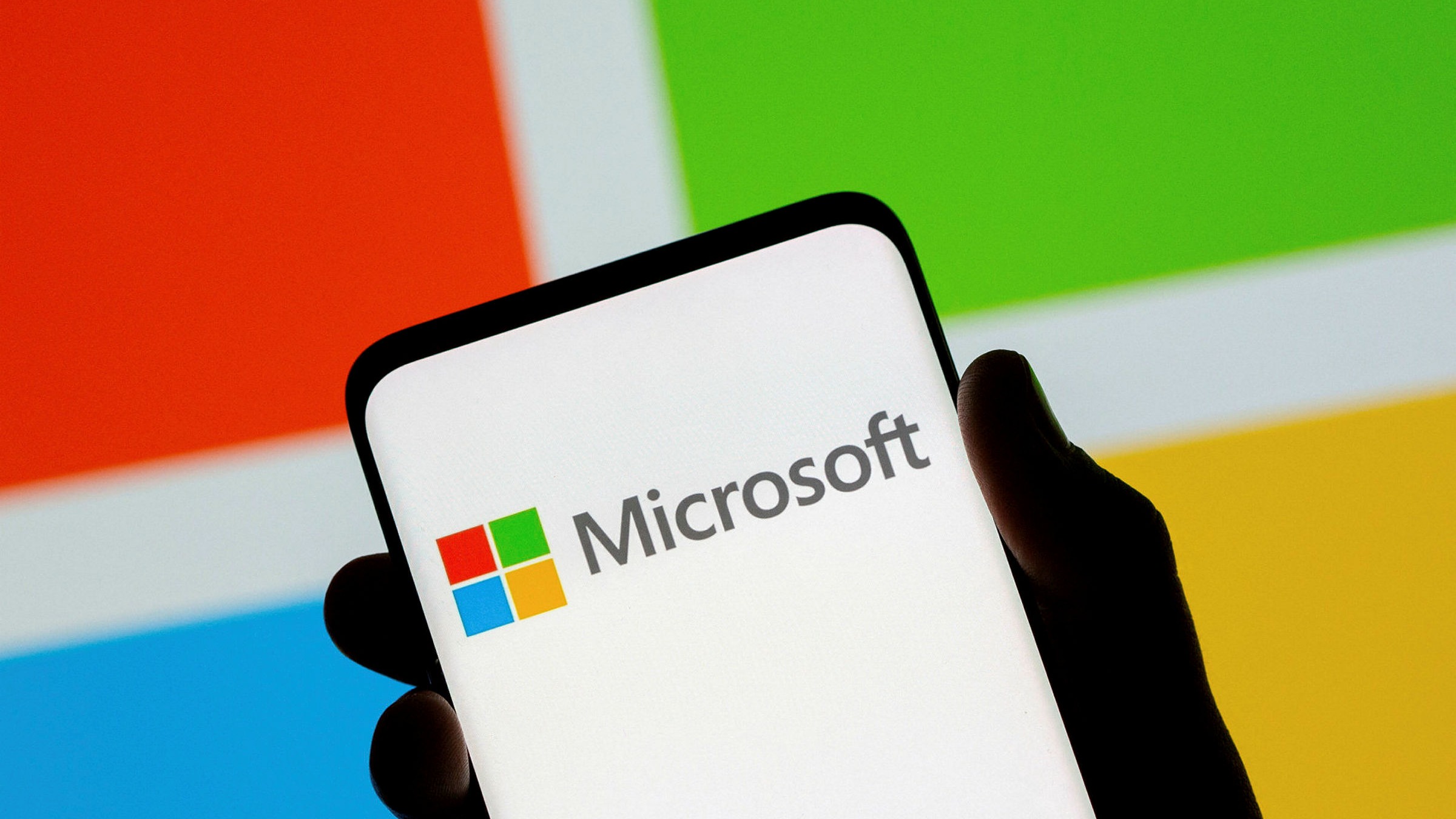
Cybersecurity incidents are no longer anomalies but have become defining features of our digital era. The recent breach of US government email accounts by Chinese hackers is a stark reminder of this changing reality. This meticulously planned and expertly executed cyber-raid exploited a vulnerability in Microsoft’s cloud services, once again highlighting the persistent threats in the virtual landscape.
The Breach
It began with a whisper among the US intelligence community – murmurs of irregular activity spotted in certain government email accounts. Further investigation revealed a chilling truth. The accounts had been accessed, with emails read and data potentially compromised, all traced back to a vulnerability in Microsoft’s cloud services. Behind the attack were alleged Chinese hackers, showcasing sophisticated tactics, techniques, and procedures (TTPs) that pointed to an advanced persistent threat (APT) group.
The Vulnerability
Microsoft’s cloud services have long been seen as reliable and secure. However, this cyber-assault unveiled a vulnerability in the system that was exploited by the hackers. While Microsoft was quick to patch the bug after its discovery, the damage had been done. The exact details of the vulnerability have not been publicly disclosed, likely to prevent other malicious parties from exploiting the same weak spot. Still, the incident underscores the need for continuous, rigorous cybersecurity measures even within systems perceived as secure.
Who are the Hackers?
Accusations currently point towards an APT group hailing from China. The level of sophistication and the resources required to carry out such an attack often link to state-sponsored actors, although no definitive proof has been provided. If these accusations hold, it could imply a further escalation in the ongoing cyber warfare between the U.S. and China, a silent battle waged far from the public’s gaze.
The Response
In response to this incident, Microsoft has promptly issued a patch for the vulnerability. Government agencies are tightening their security measures and bolstering their defences to mitigate potential damages. The government’s response has been multi-faceted, involving investigation, damage control, and revising existing cybersecurity protocols.
The Lessons
This breach is not only a stark warning but a call to action. It accentuates the ever-evolving nature of cyber threats and the continuous efforts required to thwart them. While organizations should continue to trust cloud services like Microsoft’s, they must also acknowledge that no system is impregnable.
Organizations are encouraged to implement multi-layered security, including robust intrusion detection and prevention systems, continuous vulnerability scanning, and comprehensive incident response plans. Education and training regarding phishing and other social engineering tactics are also imperative, as these remain one of the easiest ways for a hacker to gain entry into a system.
The world is getting increasingly digitized. As we navigate this digital landscape, it is imperative to recognize the lurking threats. Cybersecurity is no longer an afterthought but a necessity. In the face of these silent wars, everyone must be prepared.
The Chinese hackers exploiting the Microsoft cloud bug to breach U.S. government emails is a reminder that in the digital era, there are no borders. The battlefield has expanded, and the war has evolved. And so must our defenses.
